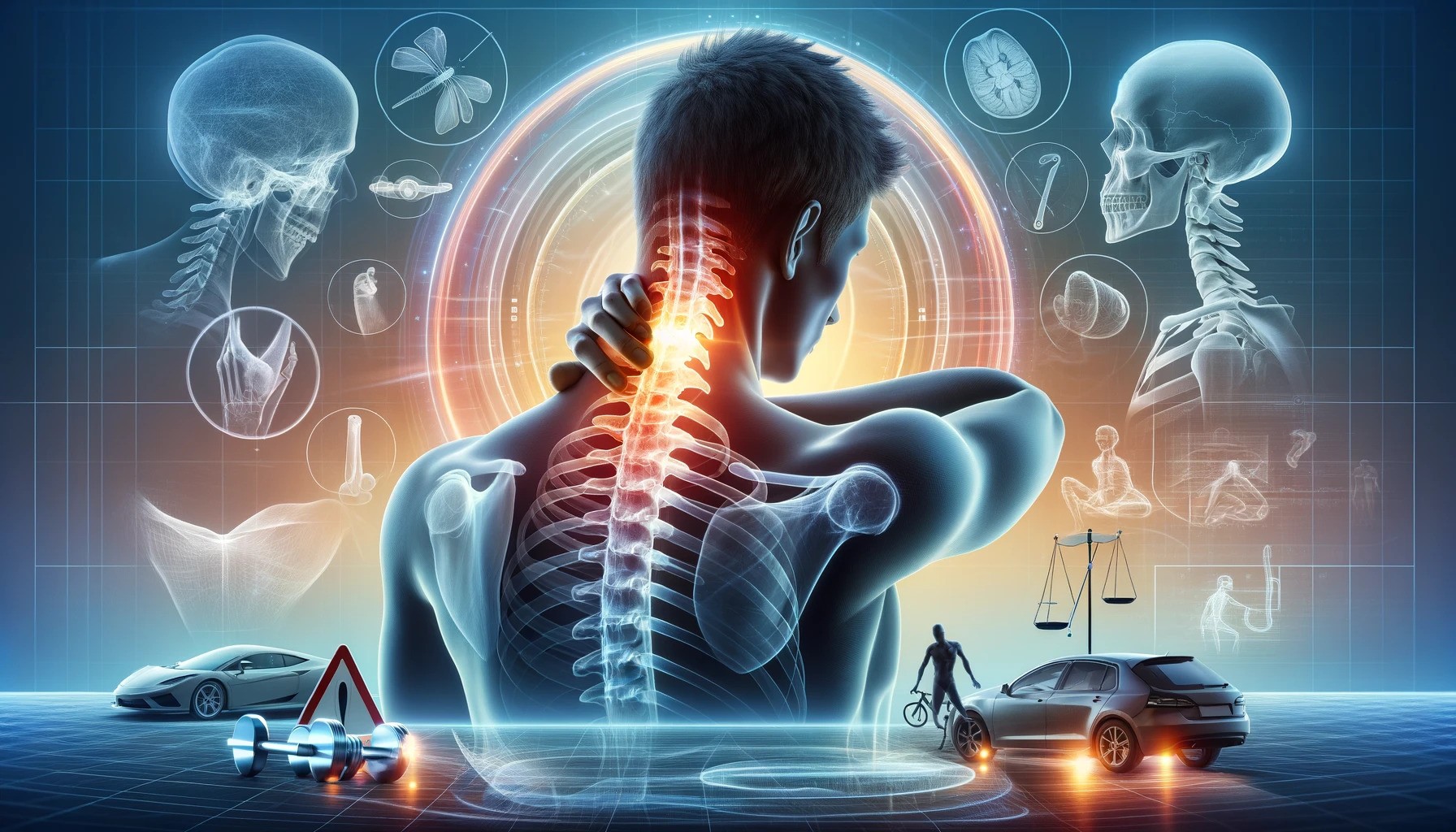3894 E Broad St. Columbus, OH 43213
We Provide Physiotherapy &
Recovery from pains.
Chiropractic Treatment for Auto Injuries
Contact Us
-
-
Working Hrs : 9.30am to 6.30pm






